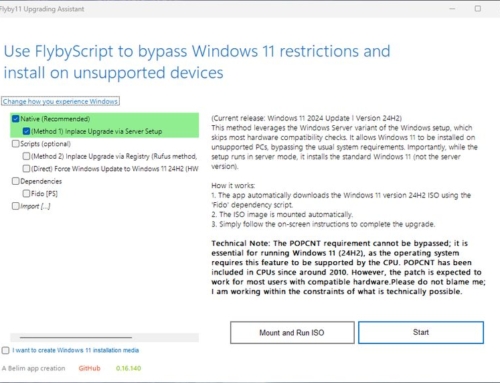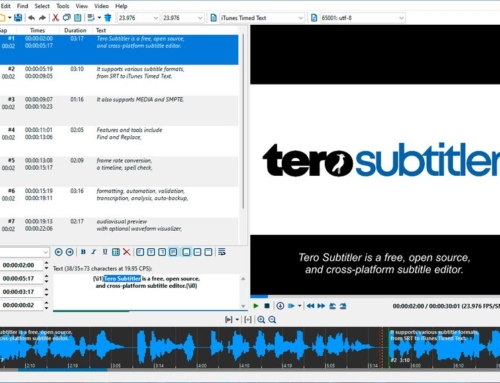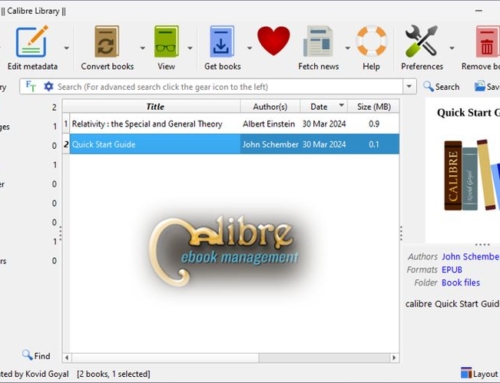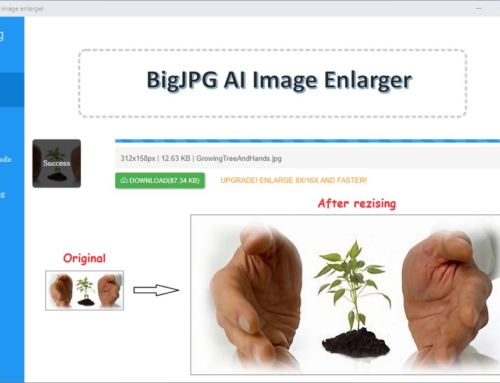In an earlier post, we introduced DeepL as a great translation service. It is based on neural machine translation and beats Google Translate for those languages we tested. However, the service was until now only available as an online service. Only through a third-party desktop app like QTranslate could DeepL be used to translate content in other applications or browser windows. This has now changed with the DeepL Translator App.
The Application
DeepL now provides a translation application for the desktop which works similar to QTranslate. You can download the application directly from the homepage of DeepL. No matter in which application you work, you can simply select a text and get it translated by DeepL. For this to work, you select the text and press Ctrl-C, and then press Ctrl-C again (alternatively you can click on the little pop-up window which appears after the first Ctrl-C).
When comparing the DeepL Translator App with QTranslate we found some advantages and disadvantages. The disadvantage of the application from DeepL is that its response is a bit slow but that might change in the future. After all, the app is still in a Beta phase. The advantage on the other side is that DeepL gives you the option to click on a word to get synonyms or to change word orders. This can lead to a more professional sentence or one that is easier to read. One advantage for QTranslate is that the translation service it uses can be changed (it gives you 10 different services to choose from).
Other considerations
No matter if you use DeepL Translator App or QTranslate there are things to keep in mind. First, both applications need internet access because they both access their respective online translation services. Second, since they access an online service your translation goes online and can be exposed to others. So for security reasons you should consider if your content needs confidentiality or not.









